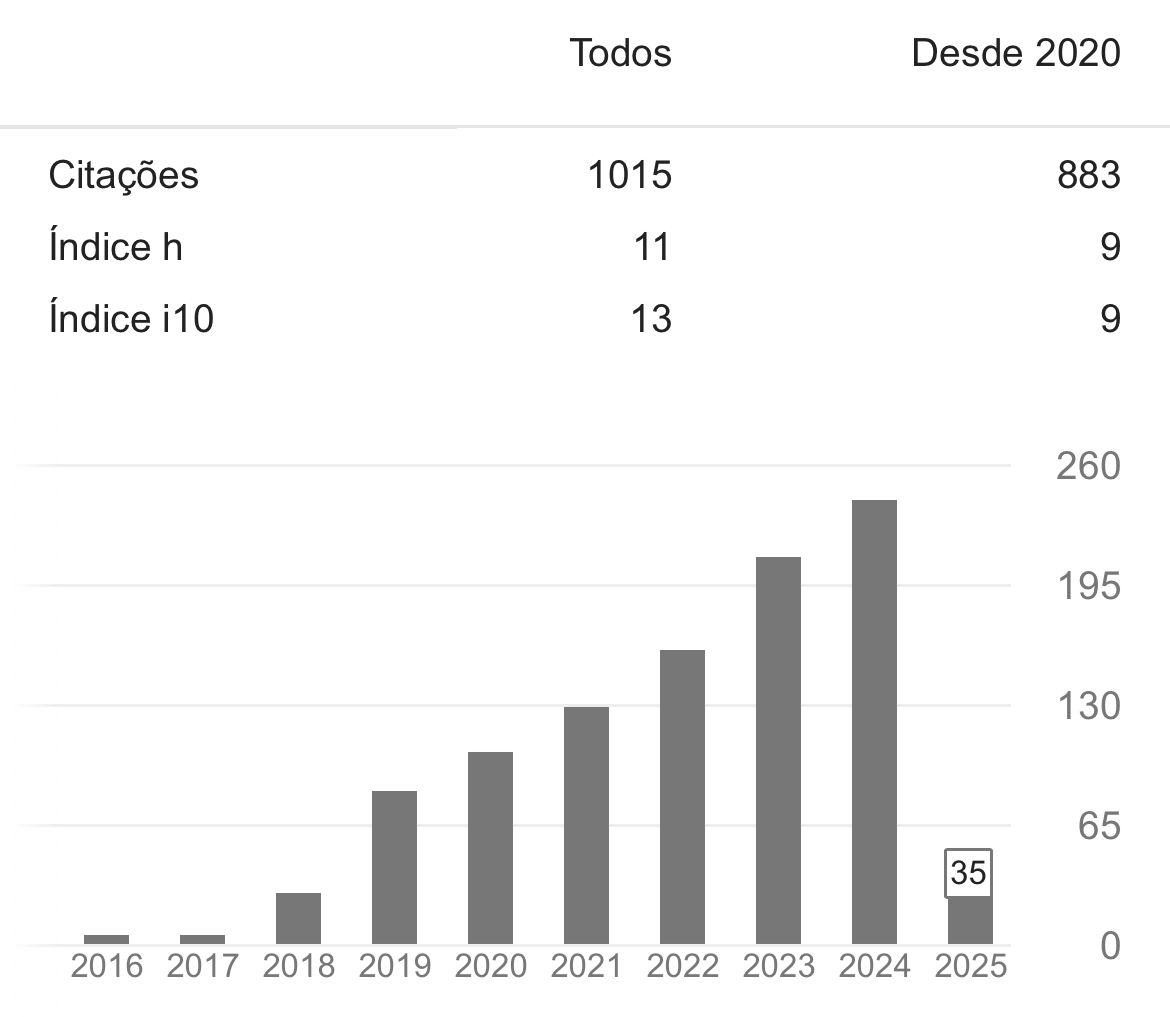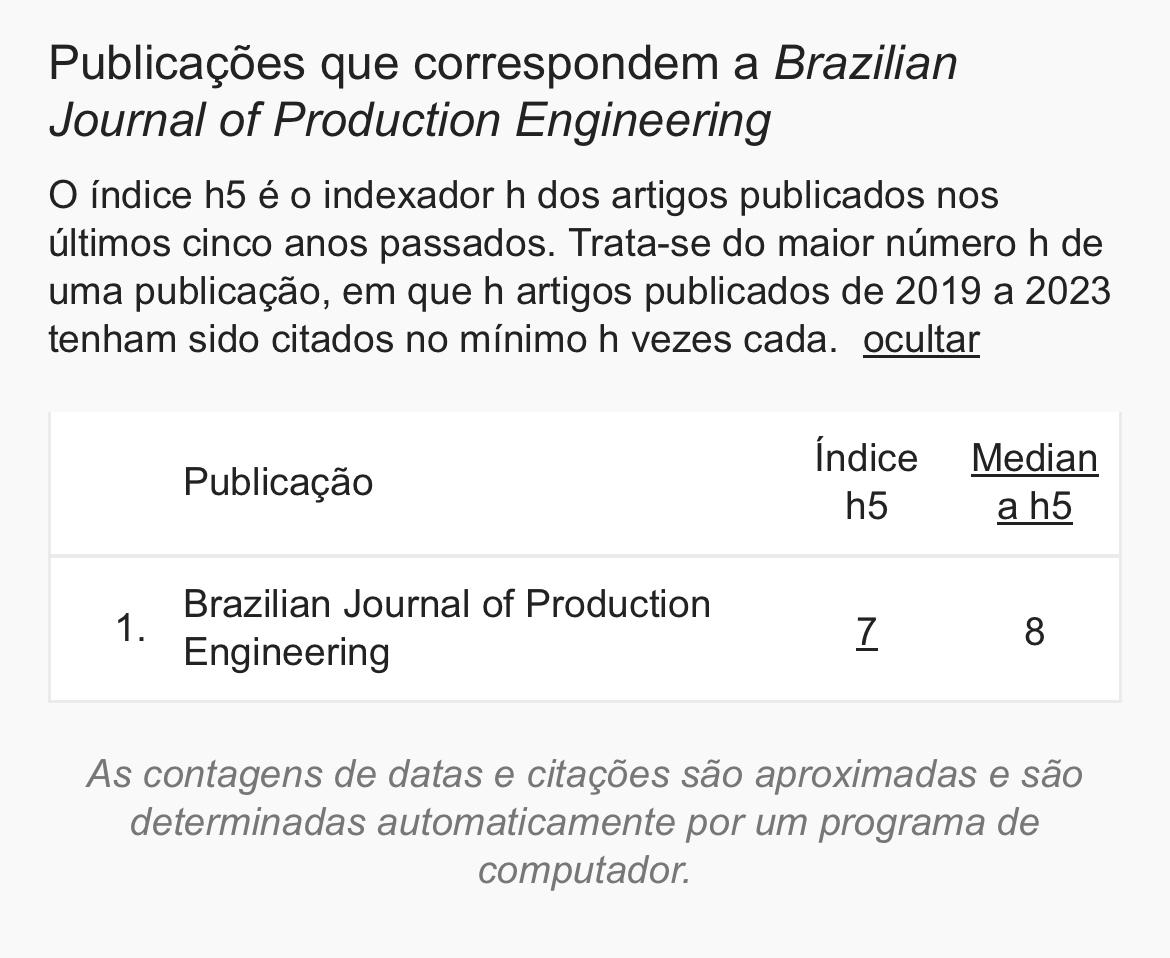SPATIAL ANALYSE OF HUMAN CASES OF VISCERAL LEISHMANIASIS IN THE STATE OF PERNAMBUCO, BRAZIL
SPATIAL ANALYSE OF HUMAN CASES OF VISCERAL LEISHMANIASIS IN THE STATE OF PERNAMBUCO, BRAZIL
Keywords:
Visceral leishmaniasis, Epidemiology, Spatial analysis, Geographic information systemsAbstract
Visceral leishmaniasis is an important public health problem in the world, especially in Brazil, with 96% of cases in the Americas. The main objective of this study was to analyze the spatial distribution of human cases of visceral Lishmaniosis in the State of Pernambuco, Brazil. Descriptive study of a historical series (2005 to 2014) using databases of notifiable diseases information (SINAN) and on mortality (SIM) systems of cases of visceral leishmaniasis (CID-10 B550). For the analysis, it used the software Epi Info v. 7.1.5 in which, from the Georeferencing of cases of visceral leishmaniasis, cartographic maps were generated with geographic limits of the municipalities and classified according to the number of cases and the macro-region of health. The sample consisted of 954 cases reported in the study period that presented distribution in 70% of the municipalities of Pernambuco, which had at least one case of the disease. Four municipalities (Caruaru, Ouricuri, Petrolina and Salgueiro) presented cases in all the historical series studied. Almost half of the cases in Pernambuco (48.5%) were concentrated in the IV health macro-region, where 100% of their municipalities have cases of the disease. The study concluded that the geographical distribution of cases of visceral leishmaniasis covered almost all states during the historical series, with a higher burden in the IV macro-region.
Downloads
References
Almeida, P.S., Sciamarelli, A., Batista, P.M., Ferreira, A.D., Nascimento, J., Raizer, J., Andrade Filho, J.D., & Gurgel-Goncalves, R. (2013). Predicting the geographic distribution of Lutzomyia longipalpis (Diptera: Psychodidae) and visceral leishmaniasis in the state of Mato Grosso do Sul, Brazil. Memórias do Instituto Oswaldo Cruz, 108(8), 992-996. https://doi.org/10.1590/0074-0276130331
Araújo, V.E.M., Pinheiro, L.C., Almeida, M.C.M., Menezes, F.C., Morais, M.H.F., Reis, I.A., Assunção, R.M., & Carneiro, M. (2013) Relative Risk of Visceral Leishmaniasis in Brazil: A Spatial Analysis in Urban Area. PLOS Neglected Tropical Diseases 7(11): e2540. https://doi.org/10.1371/journal.pntd.0002540
Barbosa, D.S., Belo, V.S., Rangel, M.E.S., Werneck, G.L. (2016). Spatial analysis for identification of priority areas for surveillance and control in a visceral leishmaniasis endemic area in Brazil. Acta Tropica, 131, 56-62. https://doi.org/10.1016/j.actatropica.2013.12.002
Cardim, M.F.M., Rodas, L.A.C., Dibo, M.R., Guirado, M. M., Oliveira, A. M., & Chiaravalloti Neto, F. (2013). Introdução e expansão da Leishmaniose visceral americana em humanos no estado de São Paulo, 1999-2011. Revista de Saúde Pública, 47(4), 691-700. https://doi.org/10.1590/S0034-8910.2013047004454
Cardim, M.F.M., Vieira, C.P., & Chiaravalloti-Neto, F. (2015). Spatial and spatiotemporal occurrence of human visceral leishmaniasis in Adamantina, State of São Paulo, Brazil. Revista da Sociedade Brasileira de Medicina Tropical, 48(6), 716-723. https://doi.org/10.1590/0037-8682-0213-2015
Dantas-Torres, F., & Brandão-Filho, S. P. (2006). Expansão geográfica da leishmaniose visceral no Estado de Pernambuco. Revista da Sociedade Brasileira de Medicina Tropical, 39(4), 352-356. https://doi.org/10.1590/S0037-86822006000400007
Furtado, A.S., Nunes, F.B.B.F., Santos, A.M., & Caldas, A.J.M. (2015). Análise espaço-temporal da leishmaniose visceral no estado do Maranhão, Brasil. Ciência & Saúde Coletiva, 20(12), 3935-3942. https://doi.org/10.1590/1413-812320152012.01672015
Guimarães, A.G..F., Alves, G.B.M., Pessoa, A.M., & Junior, N.J.S. (2015). Spatial analysis of visceral leishmaniasis in the municipality of Rondonópolis, in the Brazilian State of Mato Grosso, from 2003 to 2012: human, canine and vector distribution in areas of disease transmission. Revista da Sociedade Brasileira de Medicina Tropical, 48(3), 291-300. https://doi.org/10.1590/0037-8682-0001-2015
Machado da Silva, A. V., de Avelar Figueiredo Mafra Magalhães, M., Peçanha Brazil, R., & Araujo Carreira, J. C. (2011). Ecological study and risk mapping of leishmaniasis in an endemic area of Brazil based on a geographical information systems approach. Geospatial Health, 6(1), 33-40. https://doi.org/10.4081/gh.2011.155
Martins-Melo, F.R., Lima, M.S., Alencar, C.H., Ramos Jr., A.N. & Heukelbach, J. (2014). Epidemiological patterns of mortality due to visceral leishmaniasis and HIV/AIDS co-infection in Brazil, 2000–2011. Trans R Soc Trop Med Hyg. 108(6), 338-347. https://doi:10.1093/trstmh/tru050
Organização Pan-Americana da Saúde – OPAS/OMS. (2018). Leishmanioses. Informe Epidemiológico das Américas. Informe de Leishmanioses nº 6. Fevereiro. Recuperado de: http://iris.paho.org/xmlui/bitstream/handle/123456789/34857/LeishReport6_por.pdf?sequence=1
Pernambuco. (2015). Plano Integrado de Ações para o Enfrentamento às Doenças Negligenciadas no Estado de Pernambuco/SANAR 2015-2018. Recuperado de: http://portal.saude.pe.gov.br/sites/portal.saude.pe.gov.br/files/plano_sanar_2_edicao_29.08.17.pdf
Pernambuco. (2013). Programa para enfrentamento das Doenças Negligenciadas no Estado de Pernambuco SANAR – 2011/2014. Recuperado de: http://portal.saude.pe.gov.br/sites/portal.saude.pe.gov.br/files/plano_sanar_2011-2014.pdf.
Ready, P.D. (2014). Epidemiology of visceral leishmaniasis. Clinical epidemiology, 6, 147–154. https://doi.org/10.2147/CLEP.S44267
Soares, E.N.L., Lima, F.A.L., Silva, A.R.M, Silva, J.C.R, Coimbra, A.C., & Almeida, L.P. (2016). Perfil epidemiológico da leishmaniose visceral humana nas regiões de saúde do estado de Pernambuco no período de 2004 a 2013. Revista da Universidade Vale do Rio Verde, 14(1), 908-920. https://dx.doi.org/10.5892/ruvrd.v14i1.2585.g2457
Souza, V.A.F., Cortez, L.R.P.B., Dias, R.A., Amaku, M., Ferreira Neto, J.S., Kuroda, R.B.S., & Ferreira, F. (2012). Space-time cluster analysis of American visceral leishmaniasis in Bauru, São Paulo State, Brazil. Cadernos de Saúde Pública, 28(10), 1949-1964. https://doi.org/10.1590/S0102-311X2012001000013
Teixeira, K. K. T., Nascimento , K. G. do, Santana, R. L., Souza, A. M. G. de, Souza, T. A. de, & Barbosa, I. R. (2019). Padrões espaciais da ocorrência de leishmaniose visceral humana na cidade de Natal-RN: a influência das áreas de risco social. Hygeia - Revista Brasileira De Geografia Médica E Da Saúde, 15(32), 121-133. https://doi.org/10.14393/Hygeia153249966
Vieira, C.P., Oliveira, A.M., Rodas, L.A.C., Dibo, M.R., Guirado, M.M., & Chiaravalloti Neto, F. (2014). Temporal, spatial and spatiotemporal analysis of the occurrence of visceral leishmaniasis in humans in the City of Birigui, State of São Paulo, from 1999 to 2012. Revista da Sociedade Brasileira de Medicina Tropical, 47(3), 350-358. https://dx.doi.org/10.1590/0037-8682-0047-2014
Werneck, G. L. (2016). Controle da leishmaniose visceral no Brasil: o fim de um ciclo?. Cadernos de Saúde Pública [online], 32(6), eED010616. https://doi.org/10.1590/0102-311X00ED010616
World Health Organization. (2010). Control of the leishmaniasis: report of a meeting of the WHO Expert Committee on the Control of Leishmaniasis, Geneva, 2010. Recuperado de: http://whqlibdoc.who.int/trs/WHO_TRS_949_eng.pdf
Zampieri D’ Andrea, L. A., & Guimarães, R. B. (2018). A importância da análise de distribuição espacial da leishmaniose visceral humana e canina para as ações de vigilância em saúde. Hygeia - Revista Brasileira De Geografia Médica E Da Saúde, 14(28), 121 - 138. https://doi.org/10.14393/Hygeia142810
Downloads
Published
How to Cite
Issue
Section
License
Copyright (c) 2020 Brazilian Journal of Production Engineering - BJPE

This work is licensed under a Creative Commons Attribution-NonCommercial-ShareAlike 4.0 International License.

















































































